Japan holds many traditional events and festivals throughout the year. Here are some representative ones.
Jan. ”Shogatsu”
Shogatsu
overview:
- The most important holiday to celebrate the beginning of the new year.
- Families gather to eat osechi (traditional New Year’s food), visit shrines or temples, and pray for good fortune in the coming year.
details:
- New Year’s Ev : On New Year’s Eve “Ohmisoka” , families eat soba noodles and listen to the ringing of temple bells to welcome the new year.
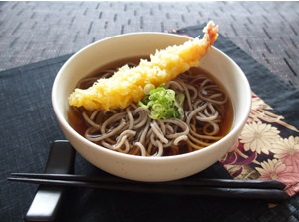
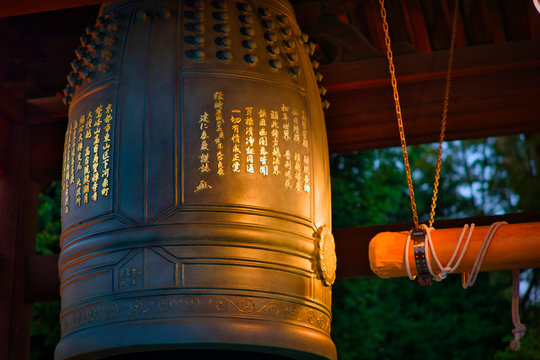
- New Year’s Day : January 1st “Ganjitsu” is a national holyday. People wake up early on New Year’s Day and visit shrines and temples to pray for good fortune. They then return home to eat osechi and spend time with family and friends.

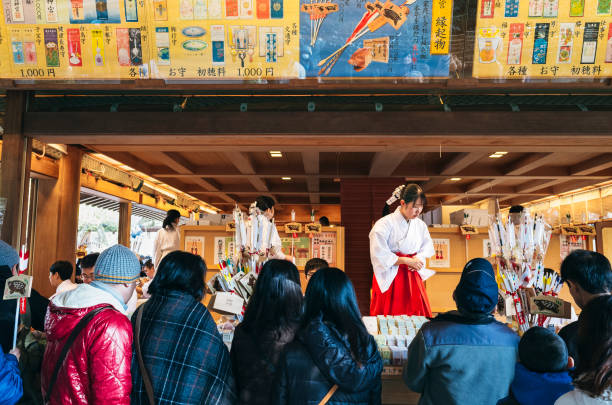
- Second Day of the New Year: This is a day for families to relax and spend time together. Many people go shopping or visit relatives.
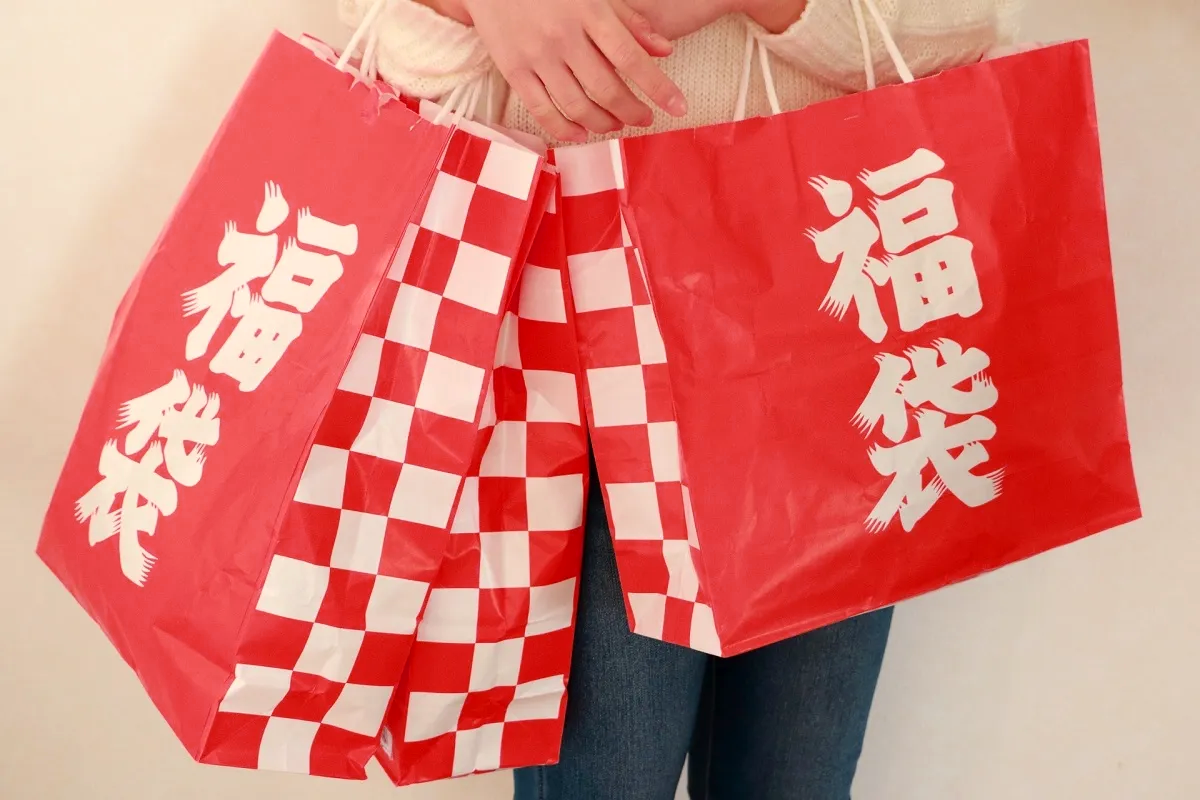
- Third Day of the New Year: While January 3rd is not a national holiday in Japan, many businesses and schools are closed, making it a day off for many people.
New Year’s Decorations:
- Kadomatsu: Pine tree and bamboo decorations placed at the entrance of homes to welcome the New Year deities.
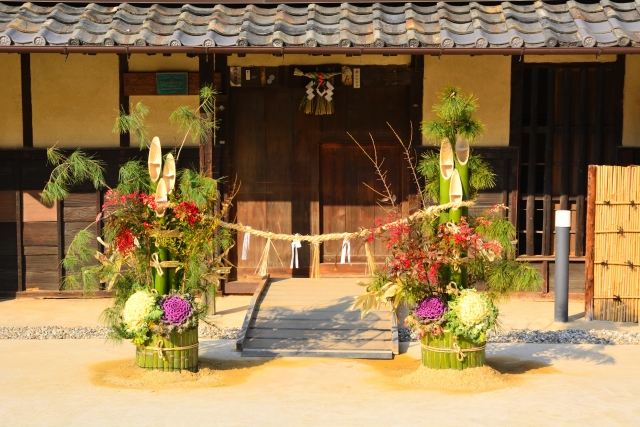
- Kagami Mochi: Round rice cakes stacked on top of each other and decorated with various items, representing the offering of food to the gods.
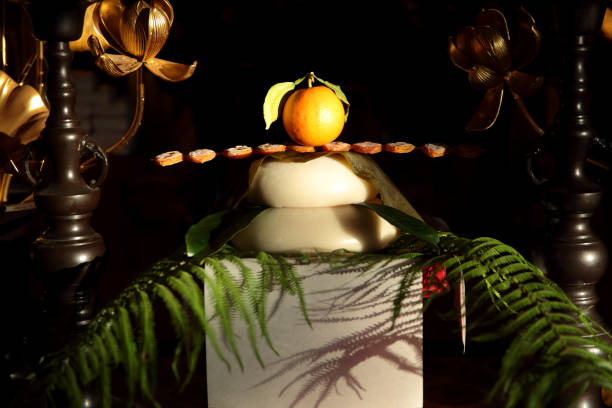
- Shimenawa: A sacred rope made of rice straw that is hung across doorways to ward off evil spirits.

Osechi:
- Traditional New Year’s food that is served in a special box called a jubako. Osechi consists of a variety of dishes, each with its own auspicious meaning.
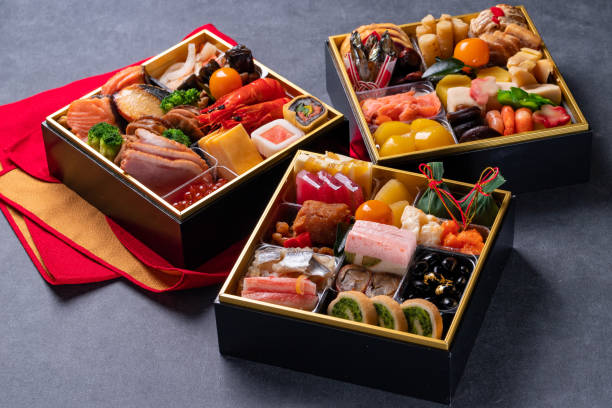
Feb. ”Setsubun”
overview:
- Setsubun is a traditional Japanese festival that marks the beginning of spring.
- It takes place around the beginning of February every year.
- There are various customs associated with Setsubun, such as mamemaki, eating an ehomaki, and sticking a sardine head on a holly branch.
details:
The word “Setsubun” literally means “division of the seasons.” In the past, the day before each of the four seasonal beginnings (Risshun, Rikka, Risshu, and Rittō) was called Setsubun. However, nowadays, Setsubun specifically refers to the day before Risshun (around February 4th).
On Setsubun, a bean-throwing ceremony called “mamemaki” is held. This is a ritual to drive away evil spirits, which are represented by oni (demons), that are said to be prevalent at the turn of the seasons. The mamemaki ritual originated from the “Tsuina” ceremony, which was a demon-expelling ritual performed at the imperial court during Setsubun. Since ancient times, various events have been held in Japan on Setsubun to ward off bad luck and pray for happiness in the new year, and these customs are still cherished today.
various customs associated with Setsubun:
- mamemaki: Roasted soybeans are thrown to ward off evil spirits and welcome good luck. The beans are scattered from inside the house to outside. It is said that eating one more bean than your age will bring good health for the coming year.
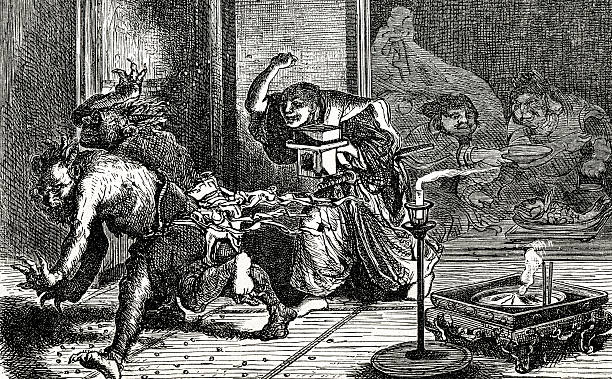
- Ehomaki: Special sushi rolls “Ehomaki” are eaten facing the year’s lucky direction. The lucky direction is determined by the Chinese zodiac. The rolls typically contain seven ingredients, representing the seven gods of fortune.

Mar. ”Hina matsuri”
Overview:
- Hina matsuri, also known as Girls’ Day Festival, is a traditional Japanese festival that celebrates the healthy growth of girls.
- It is held on March 3rd every year.
- Hina matsuri is only held in households with girls.
details:
There are various other customs associated with hina matsuri, such as display “hina ningyou” , eating special foods like “chirashizushi” and “hina arare” , drinking white sake or sweet sake, decorating with peach blossoms, and singing songs or playing games related to hina matsuri.
Hina matsuri is a time for families to come together and celebrate the growth and happiness of their daughters. It is also a beautiful and unique cultural tradition that offers a glimpse into Japanese history and customs.
- hina ningyou: During this time, families and public facilities display “hina ningyou” (hina dolls), which are dolls dressed in the traditional costumes of Heian period nobles.

- chirashizushi: It is a traditional Japanese dish made with vinegared rice topped with a variety of ingredients, such as raw fish, vegetables, and eggs.

- hina arare: These are small, various rice crackers that are eaten during the Hinamatsuri jubilee. They’re generally sweet and salty, and come in a variety of shapes and colors.
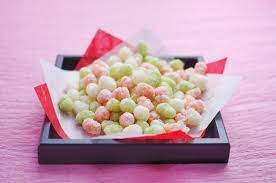
Apr. ”hanami”
Hanami is a traditional Japanese custom of enjoying the beauty of cherry blossoms in spring. The literal meaning of hanami is “flower viewing,” and the cherry blossom season lasts for about a week to 10 days across Japan. The cherry blossom front blooms from the south to the north of Japan.
During hanami, people gather under the cherry blossom trees to have picnics with friends and family. It is common to eat bento boxes, drink sake, sing songs, and play games while enjoying the blossoms. At night, many cherry blossom trees are lit up, creating a magical atmosphere that is different from the daytime.

Here are some tips for enjoying hanami:
- Check the cherry blossom forecast in advance.
- Bring a picnic blanket, bento box, and drinks.
- Take your trash with you.
I hope you enjoy hanami in Japan!
May “Children’s Day” (Tango no Sekku)
Children’s Day is a traditional Japanese holiday celebrated annually on May 5th. It is also known as Tango no Sekku, and is a day to pray for the healthy growth of boys.
On Children’s Day, people display KoiNobori (carp streamers) and Gogatsu Ningyo (May Doll), Take a bath in ShobuYu (iris bath), and eat Kashiwa Mochi.
KoiNobori (Carp streamers)
Carp streamers originate from a Chinese legend in which a carp swims up a waterfall and becomes a dragon. Carp streamers are displayed with the hope that boys will grow up to be strong and healthy.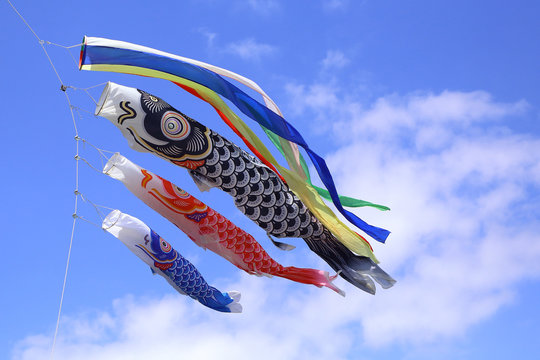
Gogatsu Ningyo (May Doll)
Gogatsu Ningyo are dolls displayed in Japan to celebrate Children’s Day (Tango no Sekku) on May 5th. They are primarily “YoroiKabuto” (armor and helmet) and “MusyaNingyou” (warrior dolls), and are used to pray for the healthy growth of boys.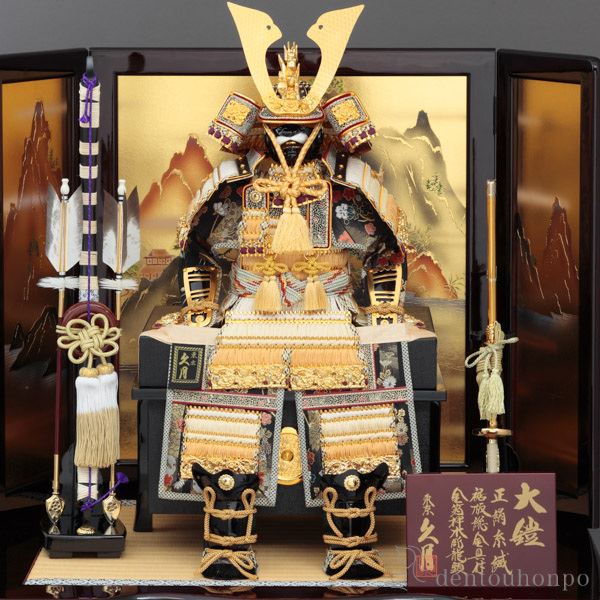
“YoroiKabuto” (armor and helmet)
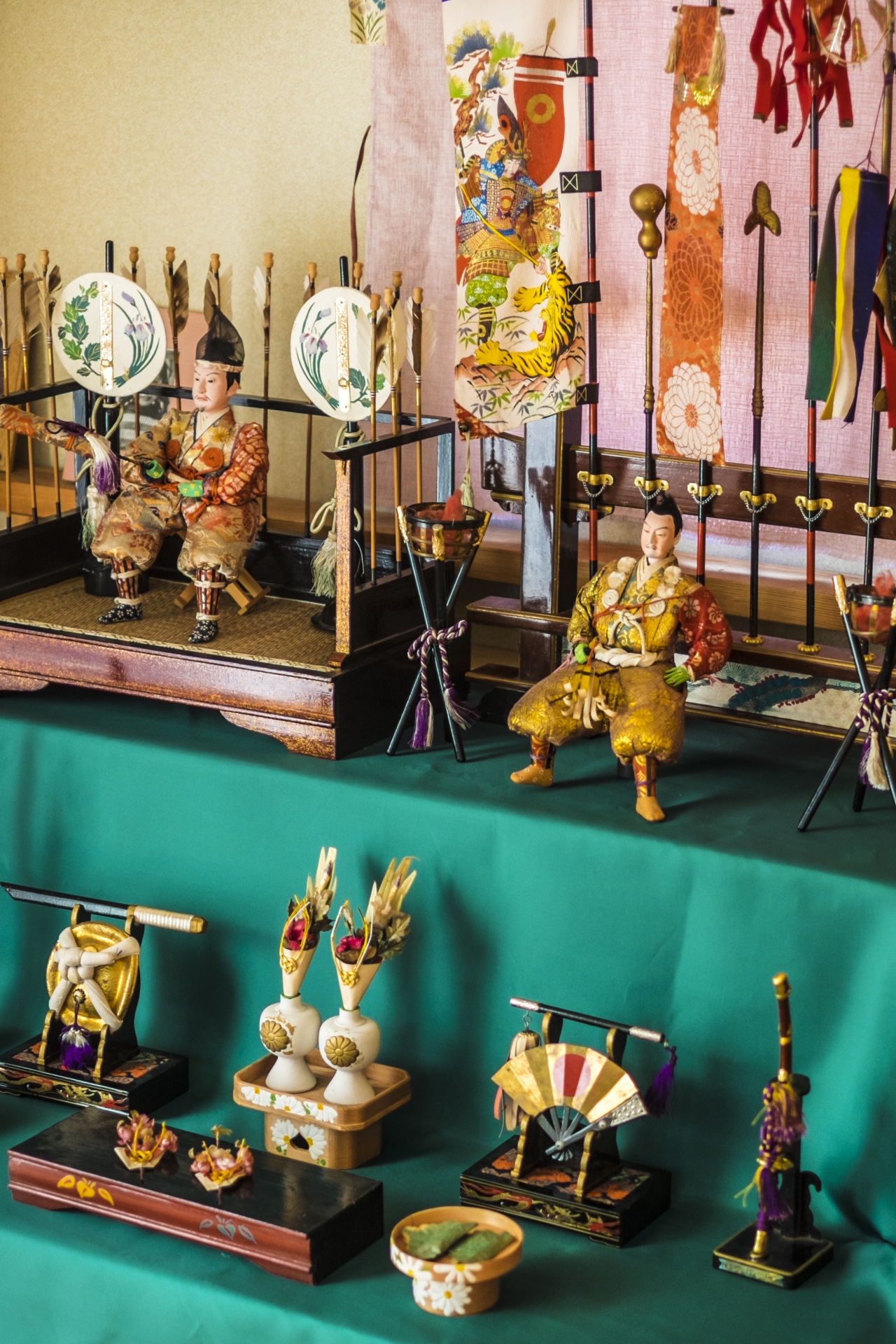
“MusyaNingyou” (warrior dolls)
ShobuYu (iris bath)
ShobuYu is a bathwater with iris leaves. Irises are said to have the power to ward off evil spirits, and boys bathe in it to pray for their health.
kashiwa mochi
Kashiwa mochi is a Japanese rice cake wrapped in oak leaves. Oak leaves are believed to have the power to ward off evil spirits, and boys eat kashiwa mochi to pray for their health and well-being.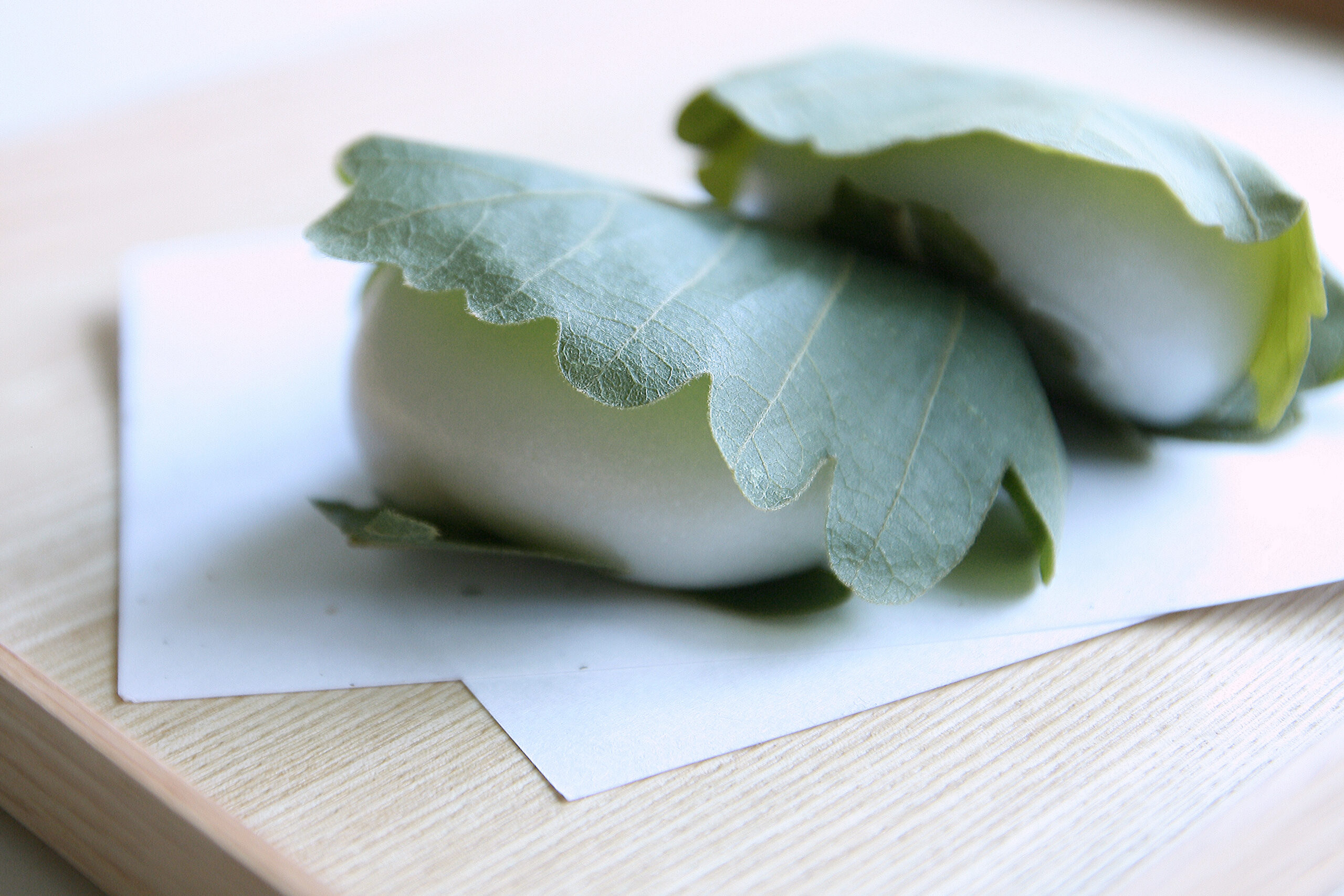
Jun. “?”
June in Japan is marked by the onset of the rainy season, known as “tsuyu”. While there are no major traditional events celebrated during this month, it is a time of unique weather patterns and cultural significance.
In June, hydrangea flowers are in full bloom all over Japan.
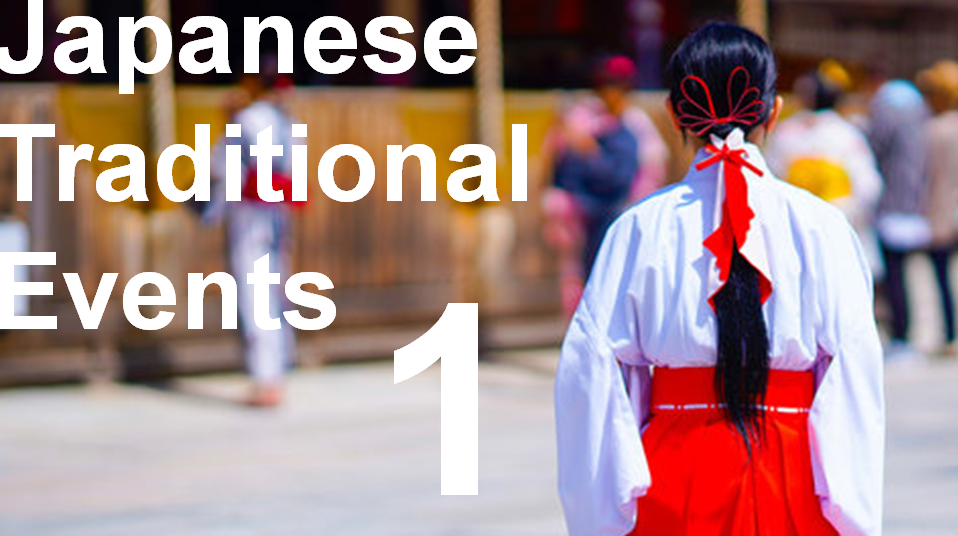


comment